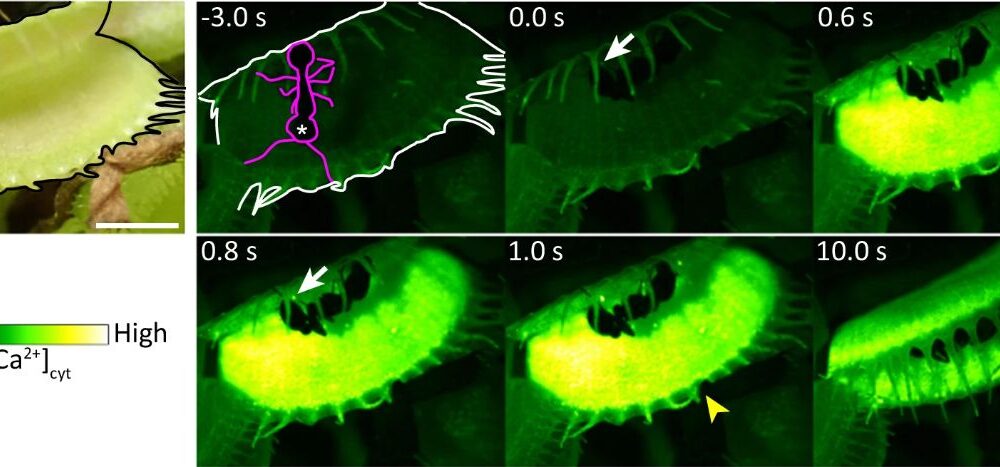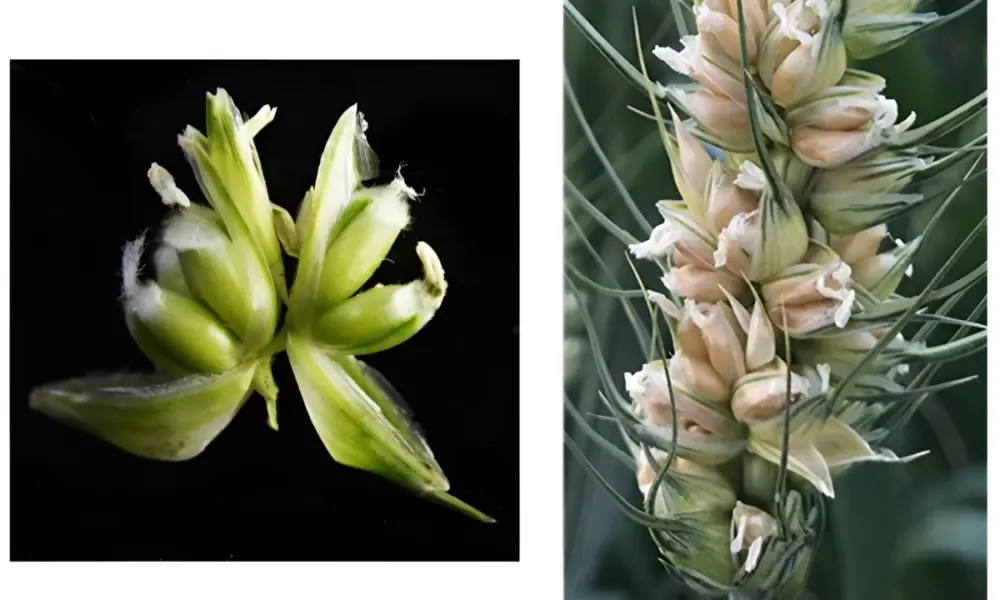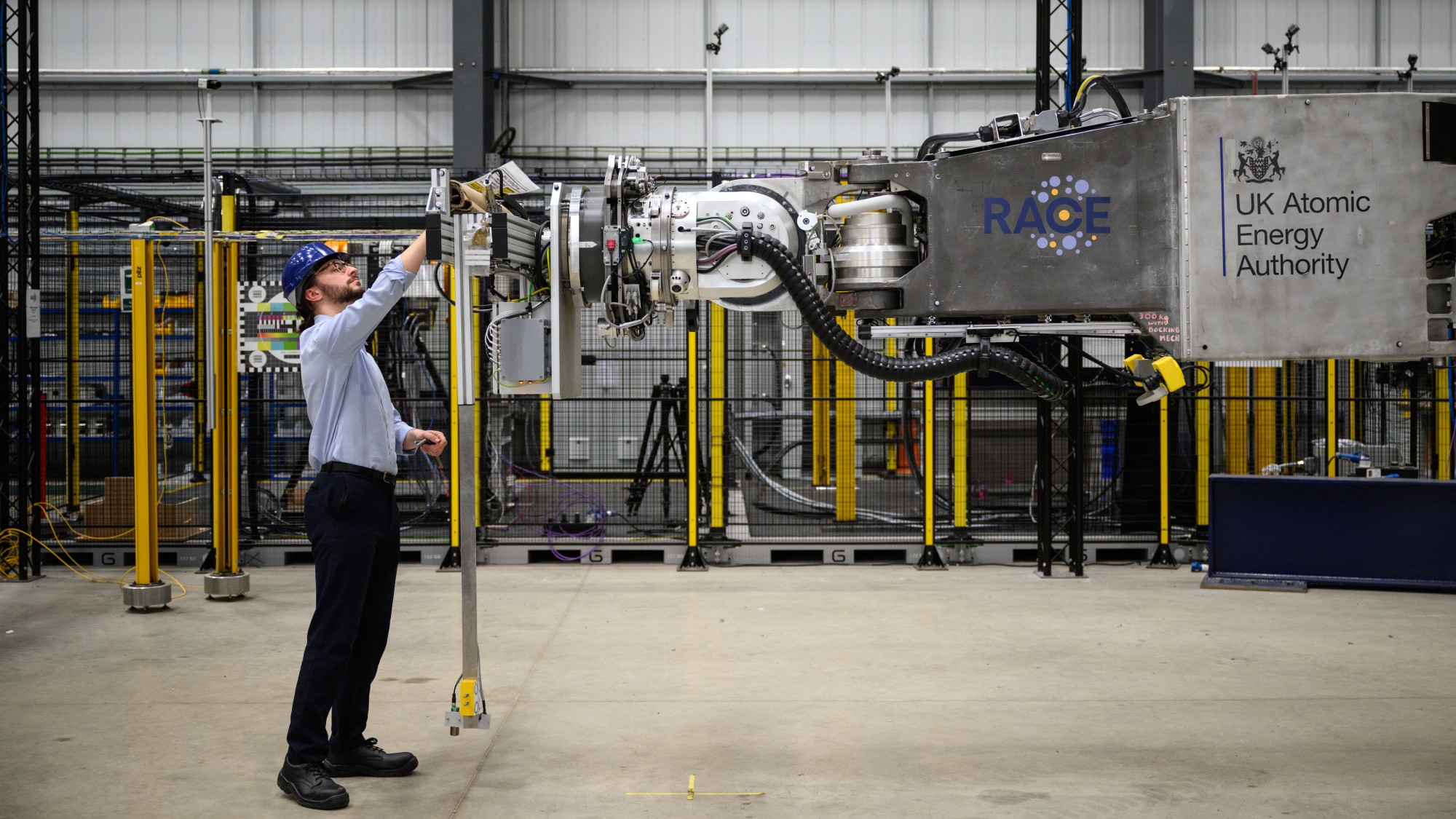Innovative research from the Biohybrid and Organic Robotics Group at the University of Toronto has led to significant advancements in the field of robotics. Researchers have successfully designed controllers for robots that utilize living muscle tissue, enabling these biohybrid robots to learn and adapt similarly to biological organisms.
The new approach allows robots to achieve remarkable behaviors that are typically only observed in nature. Unlike conventional actuators, which rely on rigid materials, muscle-based actuators can grow stronger with use. This capability means that a robot powered by living muscle not only moves but also actively exercises, enhancing its ability to adjust to various environments and perform tasks more efficiently over time.
To harness this potential, the research team, led by Vickie Webster-Wood, an associate professor of mechanical engineering, focused on understanding how to design and control robots that can gain strength as they operate. By employing reinforcement learning, the team created a model capable of controlling a biohybrid robot, even as its muscles became stronger with each attempt.
Testing Muscle Adaptability in Soft Robots
The researchers tested their model on a soft, worm-like robot composed of 42 living muscles, which was tasked with moving toward eight distinct targets within a simulated environment. Achieving this required the robot to learn how to coordinate its muscle contractions effectively as its strength increased.
To investigate the influence of muscle exercise on the learning process, the team conducted simulations comparing static muscles with those that strengthened through use. “At the start of this experiment, we questioned whether or not the AI agent would be negatively impacted by muscle adaptability,” Webster-Wood explained. “However, we found that having adaptable actuators didn’t hurt learning at all.”
The results demonstrated that the robot could successfully learn to navigate toward the targets by adjusting its muscle contractions, even as the muscles changed and adapted over time. This adaptability not only facilitated faster learning but also improved overall performance.
Implications for Future Biohybrid Robots
The findings from this research represent a significant step toward the development of biohybrid robots that can interact with their environments as naturally as animals do. “This brings us one step closer to designing and eventually building biohybrid robots that can adapt to the world around them, just like animals do,” said Vickie Webster-Wood.
As this pioneering work continues, the implications for various fields, including healthcare, manufacturing, and environmental monitoring, are vast. By integrating living materials into robotic systems, researchers hope to create machines that not only perform tasks but also evolve and improve over time, much like their biological counterparts. This research opens new avenues for the future of robotics, where adaptability and learning become integral to machine performance.







